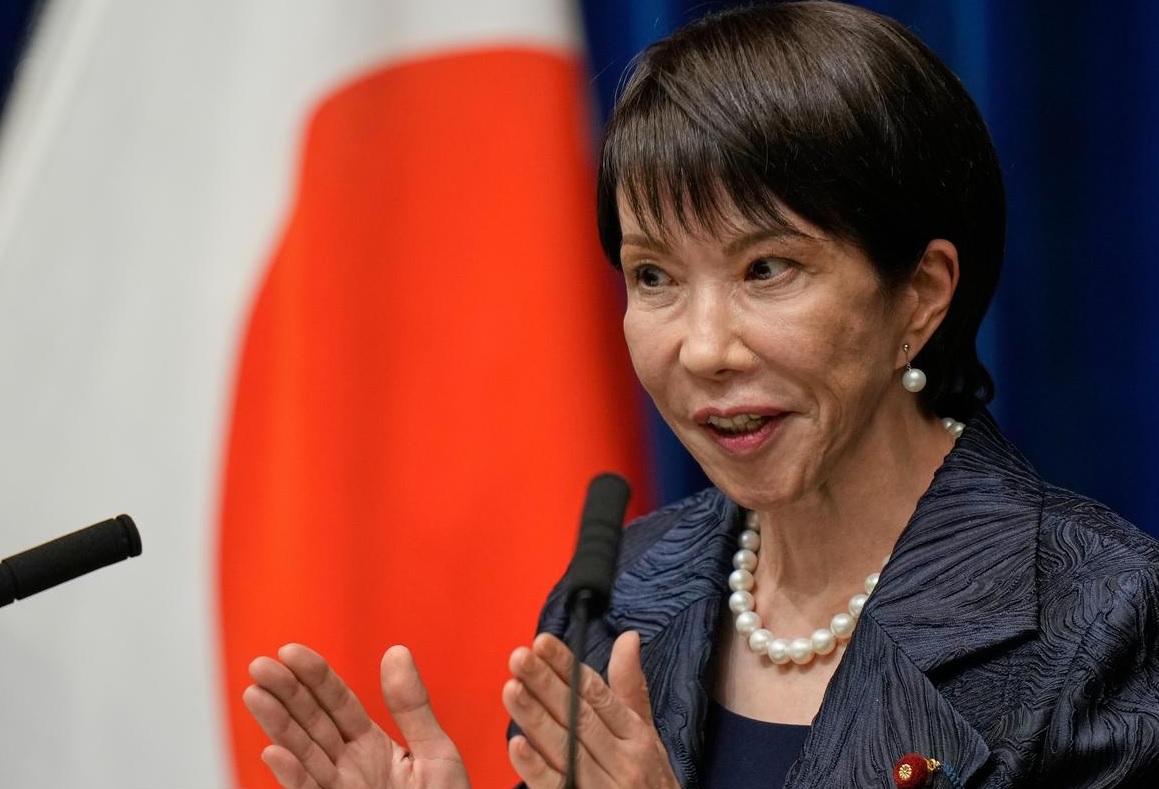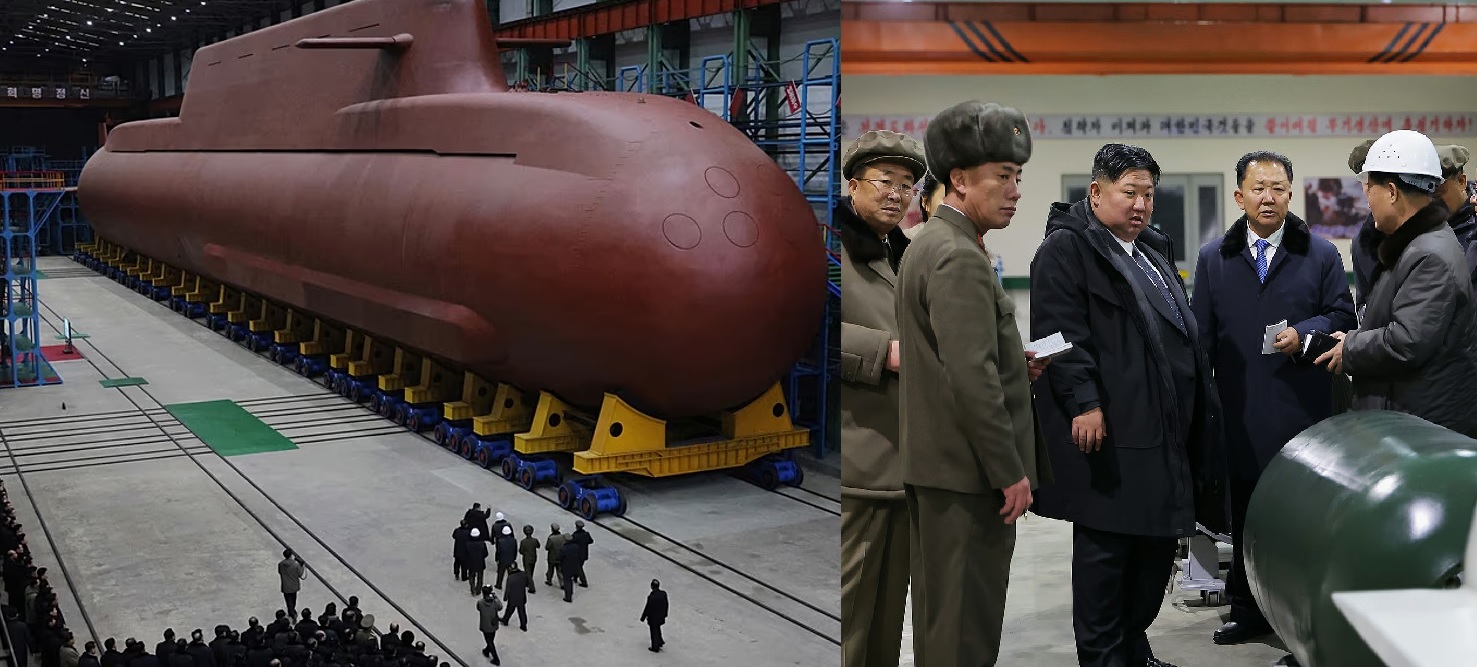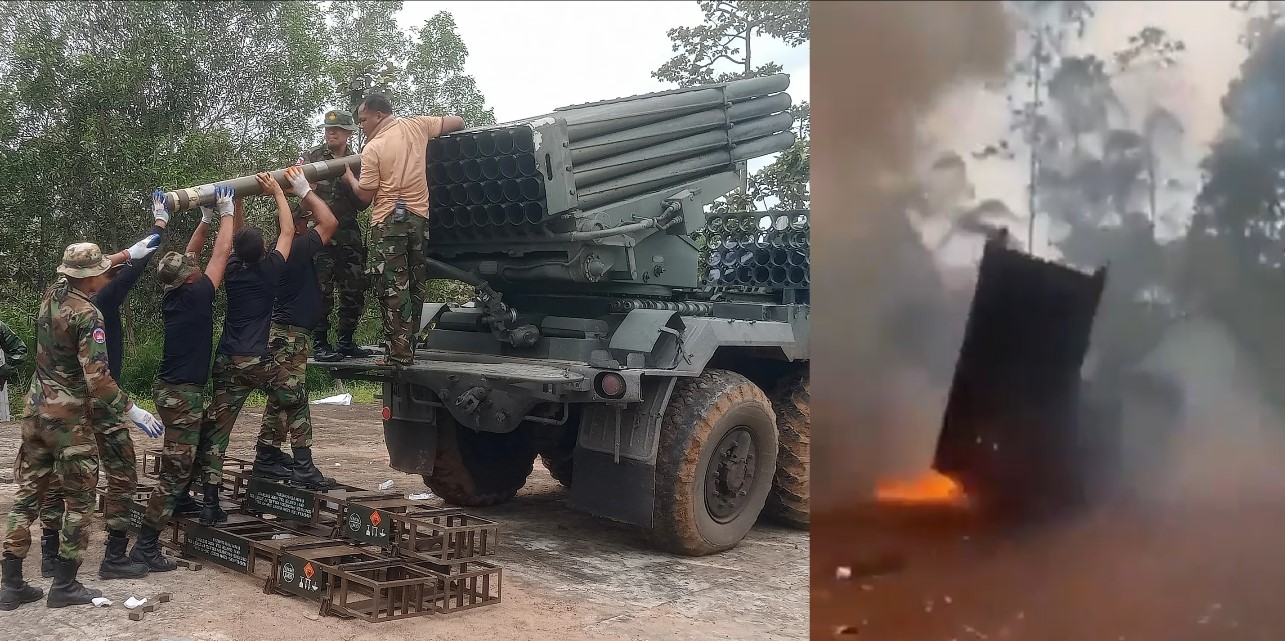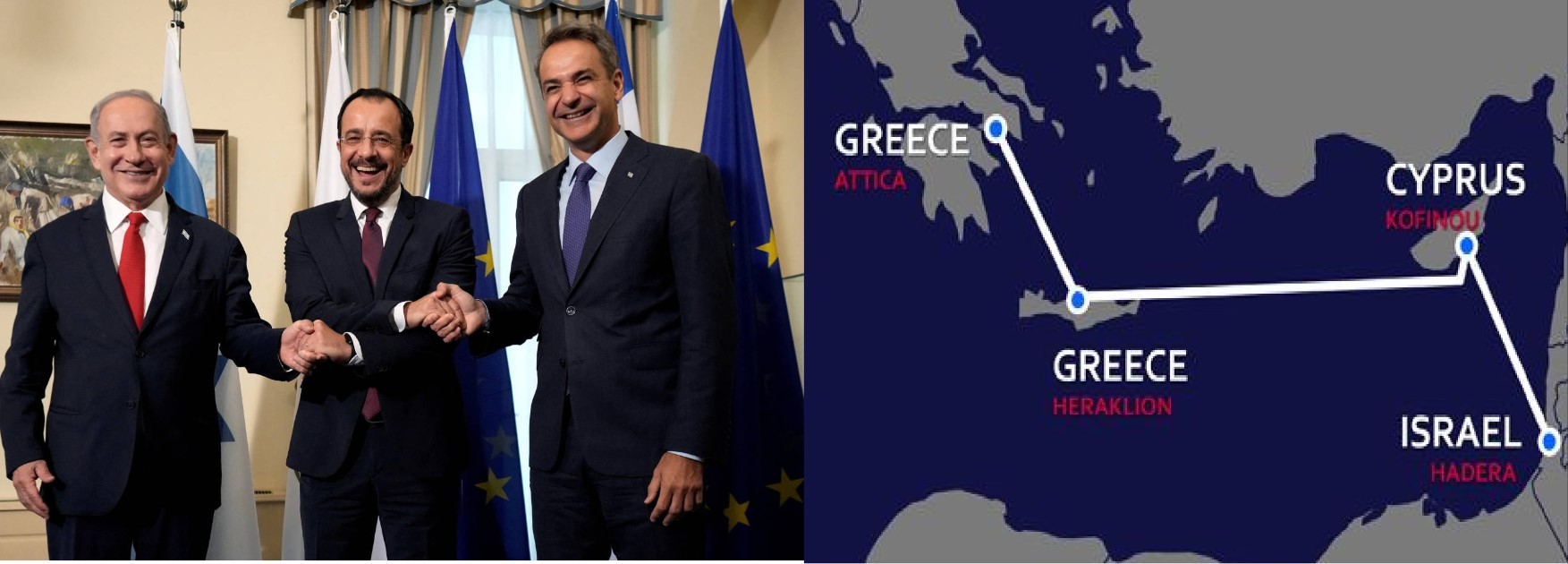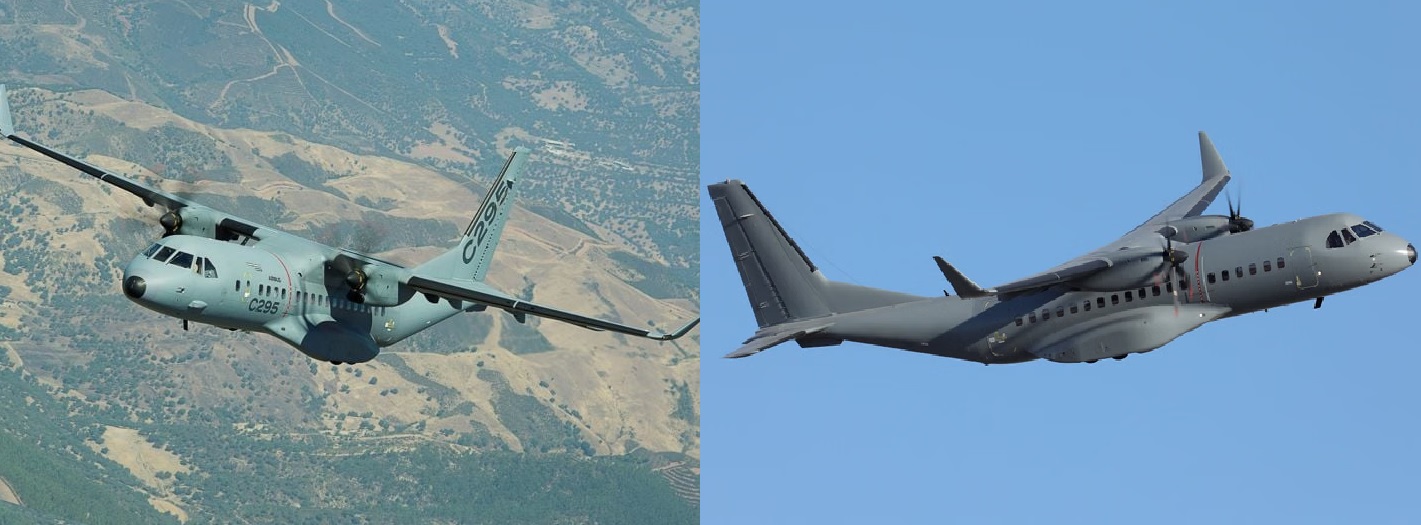Trump Hesitates on Tomahawk Missile Deal for Ukraine Amid Escalation Fears

U.S. President Donald Trump has once again made clear that, at least for now, he is not considering approving a deal that would allow Ukraine to obtain long-range Tomahawk cruise missiles — weapons capable of striking deep inside Russian territory.
Speaking to reporters aboard Air Force One on Sunday, Trump was asked whether he might authorize the sale of Tomahawks to NATO allies for potential transfer to Ukraine. His response was brief but telling: “No, not really,” he said, before adding that he could “change his mind” depending on how the situation evolves.
This latest statement underscores Trump’s reluctance to escalate the war, despite growing pressure from Kyiv and certain NATO members to provide Ukraine with longer-range strike capabilities. The U.S. president has repeatedly emphasized that his administration seeks a negotiated end to the war rather than deeper involvement through advanced weapons transfers.
The Tomahawk Debate
The Tomahawk cruise missile, developed by Raytheon, is one of the most powerful precision-guided weapons in the U.S. arsenal. With a range of up to 2,500 kilometers (1,550 miles), it can accurately strike high-value targets far behind enemy lines — including, in theory, Moscow or other key Russian command centers.
Ukraine has repeatedly requested Tomahawk missiles as part of its campaign to counter Russian logistics and command infrastructure. According to Western defense analysts, such missiles would significantly alter the balance of the conflict, allowing Ukraine to conduct deep-strike operations far beyond the front lines.
However, Washington and NATO are aware that such a move could provoke a severe Russian response. The Kremlin has already warned that any transfer of Tomahawks to Ukraine would be viewed as a direct NATO escalation, potentially crossing what Moscow calls its “red lines.”
Trump’s Balancing Act
Trump’s cautious stance reflects a balancing act between his promises to “end the war quickly” and his insistence on not allowing Russia to dominate the battlefield. He has been cool toward NATO’s proposals for expanding Ukraine’s strike capabilities, arguing that each escalation brings the world closer to a direct U.S.–Russia confrontation.
During his October 22 meeting at the White House with NATO Secretary General Mark Rutte, the Tomahawk issue was reportedly discussed in detail. Rutte later confirmed that the matter was “under review,” but he stressed that the final decision rests with Washington.
Trump’s comments come amid growing divisions within the Western alliance. While Britain and Poland have signaled openness to the idea of providing longer-range weapons to Ukraine, others — including Germany and Italy — have expressed reservations similar to Trump’s.
Kyiv’s Frustration and Moscow’s Warning
For Ukrainian President Volodymyr Zelenskiy, the hesitation from Washington is deeply frustrating. Kyiv argues that Russia continues to strike Ukrainian cities from hundreds of kilometers away using cruise and ballistic missiles, and that Ukraine needs equivalent long-range tools to deter and disrupt such attacks.
Moscow, meanwhile, has intensified its rhetoric. Kremlin spokesman Dmitry Peskov stated that “any delivery of Tomahawk missiles to Ukraine would represent a dangerous escalation and would force Russia to take appropriate countermeasures.” Russian state media have warned that the missiles could become “legitimate targets” the moment they enter Ukrainian territory.
Uncertain Path Ahead
Trump’s position — at times yes, at times no — reflects the strategic uncertainty surrounding U.S. policy toward Ukraine under his administration. While he continues to support military aid packages that include defensive systems, his hesitation over offensive, long-range weapons like the Tomahawk suggests a broader effort to avoid direct entanglement in a potentially uncontrollable conflict.
For now, the Tomahawk deal remains on hold, caught between Kyiv’s urgency, NATO’s internal debates, and Washington’s cautious diplomacy. Whether Trump will “change his mind,” as he hinted, will depend on how the war evolves in the coming months — and how far he is willing to go in testing Moscow’s limits.
✍️ This article is written by the team of The Defense News.
